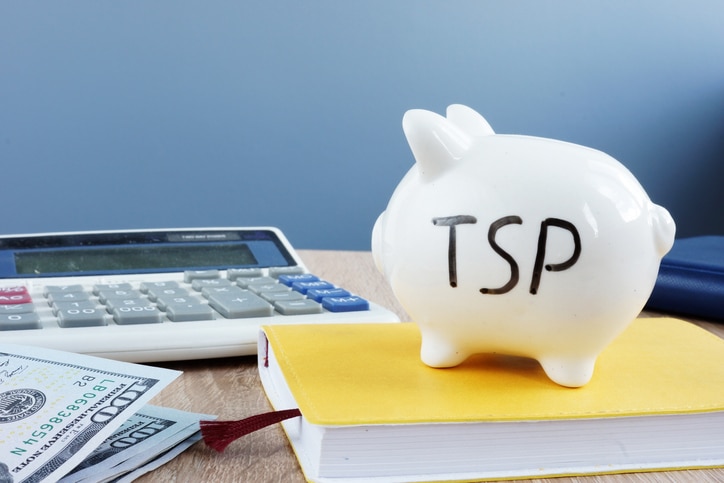Emotional Investing: How Fear and Bias Can Derail Your Retirement Plan
Introduction
As you approach retirement, ensuring financial security becomes paramount. However, emotional investing—allowing fear, anxiety, or excitement to dictate investment decisions—can significantly impact your financial future.
Emotional investing is often driven by behavioral finance biases, such as fear and greed, leading to knee-jerk reactions that may compromise long-term returns. You may find yourself wondering:
- “Should we do something different?”
- “Should we move to cash until things get better?”
- “This time is different. I want to get out of the market.”
These are all attempts to time the market, which history has shown rarely works. Investors who let emotions drive their decisions tend to sell low, buy high, and miss out on long-term market gains. The result? Inferior long-term returns that can negatively impact your retirement income and overall financial security.
In this article, we’ll explore the dangers of emotional investing, why market timing fails, and how our income-based planning system with guardrail protections helps retirees make rational, well-informed financial decisions—regardless of market conditions.
What is Emotional Investing?
Definition and Impact
Emotional investing refers to making financial decisions based on fear, excitement, or other emotions rather than logical analysis. Instead of sticking to a long-term strategy, investors let market volatility and investor sentiment dictate their moves.
Examples of Emotional Investing
- Panic selling during downturns due to fear of further losses.
- Chasing hot stocks or trends driven by greed and herd mentality.
- Overreacting to news headlines, whether positive or negative.
- Avoiding risk altogether, even when an appropriate level of risk is necessary for portfolio growth.
Emotional investing is one of the biggest risks to long-term financial success, as it leads to inconsistent decision-making and suboptimal results.
Why Emotional Investing is Dangerous for Retirees
Fear and Greed in Markets
Emotional investors typically respond to two primary forces: fear and greed.
- Fear leads to panic selling, sitting in cash, and missing market rebounds.
- Greed leads to chasing overvalued stocks or speculative investments.
Both responses result in poor long-term outcomes, often reducing portfolio growth and retirement income.
Cognitive Biases in Investing
Several behavioral finance biases contribute to emotional investing:
- Loss Aversion – The pain of losing money feels worse than the joy of gaining money, leading to overly conservative investments.
- Recency Bias – Assuming that recent market trends will continue indefinitely, whether good or bad.
- Herd Mentality – Following the crowd, even when it leads to poor decisions.
Retirees are particularly vulnerable to these biases because they fear running out of money and may react emotionally to market downturns.
Why Market Timing Fails
The Fallacy of “This Time Is Different”
Every market downturn feels uniquely dangerous, but history shows that markets always recover. Investors who panic and move to cash often miss the recovery.
Missing the Best Days in the Market
One of the biggest dangers of market timing is missing just a few of the market’s best days.
- Studies show that missing the 10 best market days over 20 years can cut portfolio returns in half.
- The best days often occur right after a downturn, meaning panic sellers never reap the benefits of the recovery.
Historical Data on Market Timing Failures
- Investors who sold during the 2008 financial crisis and stayed in cash missed one of the longest bull markets in history.
- The COVID-19 crash in March 2020 was followed by an incredibly fast recovery, yet many investors who exited never got back in at the right time.
The lesson? Staying invested through market cycles is the best approach for long-term success.
How Our Planning Approach Prevents Emotional Investing
Rather than attempting to time the market, our approach ensures that your retirement income remains secure, regardless of short-term volatility. Our income-based planning system with guardrail protections helps retirees by:
- Adjusting income strategically based on market conditions rather than emotional reactions.
- Providing a structured withdrawal strategy to avoid panic selling.
- Ensuring long-term sustainability so you don’t run out of money in retirement.
To learn more about how our planning process protects your financial future, visit our Retirement Planning Page.
How to Overcome Emotional Investing
Stay Focused on Long-Term Goals
- Remind yourself that short-term volatility is normal.
- Stick to a disciplined investment strategy.
Diversification Reduces Risk
- A well-diversified portfolio can smooth out market ups and downs.
- Balancing stocks and bonds helps minimize emotional decision-making.
Consulting a Financial Advisor
- An advisor provides an objective perspective, preventing emotion-driven decisions.
- Data-driven strategies help ensure long-term financial security.
FAQs
Conclusion
Emotional investing is one of the most common pitfalls for retirees, often leading to panic selling, poor market timing, and lower long-term returns. The temptation to “move to cash until things get better” or believe “this time is different” stems from natural fears about financial security—but history has shown that these reactions rarely lead to better outcomes.
Instead of making investment decisions based on emotions, the key to a secure and sustainable retirement is sticking to a disciplined, structured strategy that accounts for market volatility. Our income-based planning system with guardrail protections ensures that your retirement income remains stable, even during uncertain times.
Quick Takeaways
- Emotional investing leads to panic selling, overtrading, and poor long-term results.
- Fear and greed drive market-timing mistakes.
- Missing just a few of the best days in the market can drastically hurt long-term returns.
- A structured income-based planning system with guardrails provides stability in retirement.
- Long-term investment discipline is key to financial security.
Questions About Your Retirement?
Whether you’re planning for retirement or already there, we’re here to help. What questions can we answer?
We respect your privacy. We will never sell or share your information with any third party. You can unsubscribe at any time with just one click.
This material is provided for educational, general information, and illustration purposes only. You should always consult a financial, tax, or legal professional familiar with your unique circumstances before making any financial decisions. Nothing contained in the material constitutes tax advice, a recommendation for the purchase or sale of any security, or investment advisory services. This content is published by an SEC-registered investment adviser (RIA) and is intended to comply with Rule 206(4)-1 under the Investment Advisers Act of 1940. No statement in this article should be construed as an offer to buy or sell any security or digital asset. Past performance is not indicative of future results.





